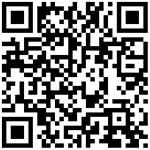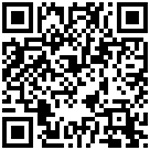To access the course evaluation system, you will need to login in with your UMID and password.
What is the importance of student voice?
There are several reasons students should complete their evaluations.
- Help faculty understand student needs: Instructors use the course evaluations to improve their teaching.
- Shapes future course offerings: Each faculty receives a course evaluation report and the comments to use in evaluating their own teaching and planning future courses.
- Teaching excellence matters: Department chairs, program associate deans, and administrative leadership use student evaluations as a part of the tenure and promotion process.
How is student feedback used?
- In addition to course instructor, the academic deans and department chairs are also responsible for reviewing the Course Evaluation results every semester.
- When a course CEQ mean rating is below benchmark, the academic dean meets and discusses the evaluation results with the department chair to determine issues and actions.
- When a course FEQ mean rating is below benchmark, the department chair meets and discusses with the individual faculty member to determine issues and actions.
Is there an assurance of confidentiality for UMSON course evaluations?
- The UMSON course evaluations are anonymous.
- Student feedback on the course evaluations will not affect student grades.
- Course evaluation results will be available after the course grades are released.
How can students provide constructive feedback?
Constructive feedback highlights both strengths and areas for improvement, providing actionable suggestions while maintaining a positive and supportive tone.
Below are some examples:
- Content Clarity:
"The course materials were well-organized, but some concepts, like [specific topic], could benefit from more detailed explanations or additional resources. Consider incorporating more visual aids or examples to clarify these points."
- Engagement and Participation:
"I appreciated the interactive elements of the course, such as group discussions. However, I think more opportunities for small group work would enhance student engagement and allow for deeper discussions on the topics covered."
- Instructor Feedback:
"The instructor was knowledgeable and approachable, which I really appreciated. However, receiving more timely feedback on assignments would help me understand my progress better and improve my learning outcomes.”
 We Value Your Feedback!
We Value Your Feedback!
As we seek to improve, your insights are crucial!
UMB Core Value: Integrity and Respect
- Be Honest: Your genuine feedback helps us grow.
- Be Kind: Remember, there’s a hardworking person on the receiving end, navigating their own challenges.
How to Provide Feedback:
- Constructive Comments: Focus on what worked and what could be improved.
- Respectful Language: Choose words that uplift and encourage growth.
Your voice matters, and we appreciate your thoughtful input!
As a reminder, students should adhere to the UMB Code of Conduct when completing the course evaluations, ensuing that their feedback is professional, civil, respectful, and courteous. Remember to provide feedback in the way you would like to receive it.

